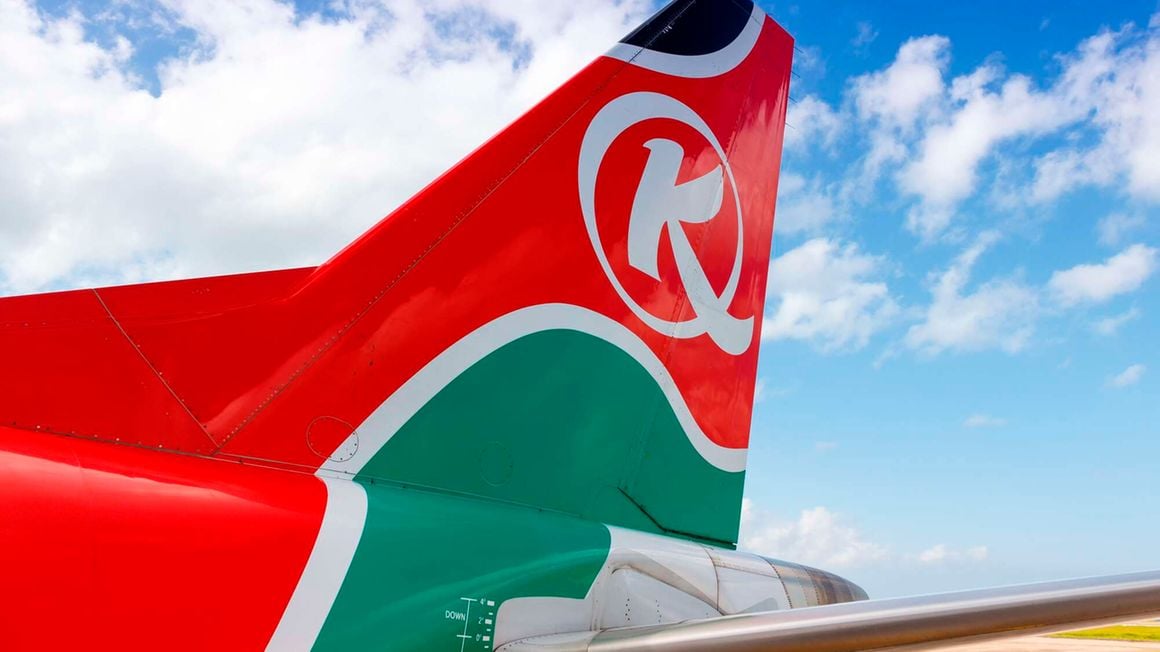Aviation
Kenya Airways to ditch Embraer, Bombardier jets

As part of the company’s adoption of mono fleeting, Kenya Airways (KQ) plans to phase out Embraer and Bombardier aircraft from its fleet in Favor of Boeing aircraft.
Mono fleeting, a cost-cutting measure, is consistent with KQ’s short- to long-term strategy of fleet and network plan optimization. KQ has so far made public the departure of two Boeing B737-700 and two Embraer E190 aircraft.
“The board has approved that we move towards the Boeing aircraft. This is, however, going to happen progressively and not in one shot because we don’t want to overheat,” said CEO Allan Kilavuka last week.
Mono fleeting is expected to reduce the cost of crew and engineer maintenance and training for KQ’s fleet.
“Mono fleeting simplifies our fleet and brings more commonality to the type of airline that you fly. This helps with training and planning and reduces costs in terms of the crew you need and spare parts costs,” he said.
By switching from Embraer, Kenya Airways would be able to fly large aircraft instead of too-small ones.
Nine Boeing 787 wide-body jets were among the 39 owned and leased aircraft that KQ operated in 2022.
The airline also flew two Boeing 737 freighters, seven Bombardier Dash 8-400 aircraft, 13 Embraer regional jets, and eight Boeing 737 narrow-body aircraft.
The gradual transition to mono leasing is anticipated to work in conjunction with KQ’s recent lease rental restructuring to ultimately lower lease ownership costs.
KQ restructured lease rentals with 10 of the 12 lessors last year, and the fleet as a whole saw an average lease reduction of 22%.
The business also agreed to extend the sublease agreements for three Boeing B777-300ER aircraft until the age of 12.
During that time, two leased Embraer E190s were returned after their leases expired.
Although they were lower than the Sh28.6 billion reported at the end of 2020, KQ fleet ownership costs were Sh17.6 billion in the year ended December 2022, up from Sh16.6 billion in 2021.
Short-term lease costs, depreciation and impairment of aircraft and related equipment, amortization of right of use and return condition, and variable lease costs are all included in the carrier’s fleet costs.
The majority of KQ leasing expenses during the year ending in December were attributable to depreciation and amortization.
The airline’s current fleet is thought to be fuel-efficient and has an average age of ten years.
The management of KQ claims that starting in 2021, it has reduced its aircraft rental obligations by 18%, saving the company about Sh281 million ($2 million) per month and reducing the amount of outstanding lease deferrals by Sh3 billion ($21 million).
In addition to terminating the leases on two 777-300ER aircraft, KQ is also in talks to do the same with two sub-leased 777-300ER aircraft.
The Project Kifaru initiative, from which KQ hopes to emerge, includes Mono Leasing.
However, the success of the project will depend on the carrier’s ability to find a strategic investor who will give KQ the capital it needs to soar once more.
Although estimated to be Sh189.3 billion ($1.347 billion) as of May 31, KQ’s debt load is still anticipated to have an impact on the company’s capacity to source for the strategic investor.
By utilizing the investor, KQ will be able to carry out a thorough debt and capital restructuring to make sure that the airline’s obligations can be sustained moving forward.











